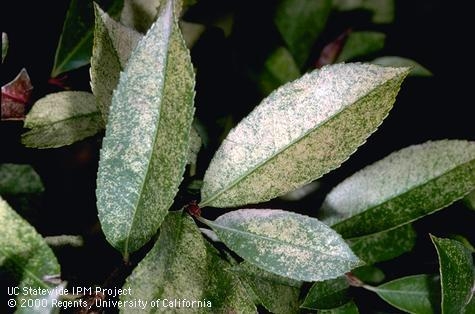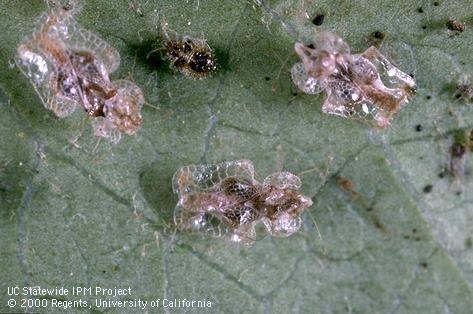Lace bugs are small, sculptured insects with lacey wings. They suck sap from plants causing leaf stippling and bleaching, and they often foul leaves with specks of dark excrement. Several dozen species may occur in the western U.S. Landscape plants commonly affected include alder, ash, avocado, azalea, ceanothus, cotoneaster, coyote bush, photinia and toyon.
Most plants are not seriously damaged, and natural enemies and good cultural practices can often reduce lace bug populations. However, when insecticides are needed, there are several products that work well as part of an integrated pest management program that reduces risks to pollinators, other beneficial insects, and the environment. Learn more about how to identify and manage lace bugs in a newly revised UC IPM Pest Note: Lace Bugs by Steve Dreistadt, UC Statewide IPM Program with the assimilated knowledge of other UC experts.

Author - Associate Director for Urban & Community IPM/ Area Urban IPM Advisor
